by Selco
Editor’s Note: Did you ever wish you could drop everything and fly over to the Balkans to be trained in urban survival by Selco? Wouldn’t it be great to be able to pick his brain and have him beside you as you learned to deal with an SHTF scenario? Well, here’s the next best thing. Selco recently finished teaching a hardcore 5-day course in Croatia. With 6 students, they went through high-stress exercises and learned about living through an all-out disaster where danger lurks around every corner. Selco has generously agreed to write a series for us so that we can learn from him. It’s not quite like being there, but it’s the next best thing. ~ Daisy
What to Pack for a 5-Day Urban Survival Course
We have just finished our flagship Urban survival course in Croatia.
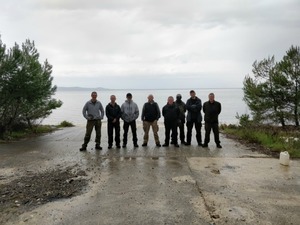 For 5 days Toby Cowern and I, as instructors, taught students skills and through the different exercises and scenarios, we stress-tested their knowledge and abilities.
For 5 days Toby Cowern and I, as instructors, taught students skills and through the different exercises and scenarios, we stress-tested their knowledge and abilities.
For me, the most important thing was to give them a piece of the mindset needed for a real SHTF event and to give them a clear starting point from where they can build more skills, knowledge, and competence.
In some moments it was hard for them, both physically and mentally, but one of the most important points, of course, was to test them in not so perfect conditions.
The whole course cannot be transferred here for reading, but some highlights can be given in a series of articles, reflecting on the most interesting moments of each day. This time, we will start out with the gear necessary for the class.
Equipment (items that you have with you)
I am a very big fan of carrying items that are multipurpose, and I have adopted over the time the philosophy that “less is more.” In reality,”more skills-less items” is the key to survival. That said, I am aware that we will have many items in our backpack when we talk about urban survival.
Because there is a big chance the items that you carry are gonna be used when you are in a hurry, in danger, in the dark, or simply when you are very tired, those things need to be organized in a practical way.
Add to that fact, there is a chance that sometimes you’ll be in a situation to lose (or throw away) your backpack, then it makes more sense to organize it.
The whole philosophy of having one bag (or backpack) that have “all that you need inside” is kinda wrong if ALL important items are inside.
It is essential to think about “layers” of equipment.
Everything that you carry with you must have a clear role in your survival, otherwise, it should not be in your backpack (or on you) so think about the “comfort vs. necessity” philosophy.
It is very good to have many items, but it is not so cool to go through a tough situation with 50 kg backpack on your back, so choose carefully what you gonna have.
You should organize it in layers.
Let’s take the “fire” category, for example. In the first layer you could have small fire starter around your neck, the second layer is lighters or matches in your waist bag or pocket, the third layer is fuel cubes or whatever other fire help you have in your backpack.
For the food category, you may have power bars in your pocket and then in your backpack, you may have food that is more adequate or “serious”.
It is easy to follow this logic and organize other equipment in the same way. Sometimes you do not need (or you can not have) 3 layers. Sometimes only 2 layers are possible.
It is important to understand that you need to have layers so you maximize your chances for success when you lose equipment, for example, while running away from some danger and throwing away your backpack.
First aid kits
The best example of what often goes wrong with buying, packaging and carrying items are first aid kits.
There are many reasons for that. A few are:
- People buying “pre-made” first aid kits with useless things inside
- No knowledge of how to use items in first aid kit
- No knowledge of what is really needed to have in a medical emergency and what not to have
So as a result, a lot of people have their first aid kit buried deep inside their backpack, or some of them having their first aid kit on a belt but inside they have painkillers, antidiarrheal medicines, a few plasters (band-aids) and nothing more.
I agree that plasters, antidiarrheal medicines, and painkillers may have a place in your first aid kits but use common sense and think about:
- what is really important and can make difference in seconds or minute
- what needs to be available all the time, and in an easy and fast to access way
Again, think in layers.
So, of course, you can have antidiarrheal medicines, plasters, painkillers, and hand sanitizers but in your first layer (available immediately) need to be items that can save a life in a matter of minutes, for example, shears, field dressing, bandages, tourniquets, and similar.
If you got a headache you will not die if you do not take a painkiller in a few minutes, but if you get serious wound it may be different if you do not act fast and have the means to treat it immediately.
The best way is to package your own kit, based on your circumstances and your needs. But be sure that you know about every item inside, how it works, and try to test it in the best possible way.
In the photo above, there are two bandages. Each of those bandages was packaged, and for an average man both are just bandages: they look the same and they are supposed to do the same job.
Actually, the bandage in my right hand can do the job like 3 bandages in the left hand, because of the quality, elasticity, texture, and density. Just test everything or you never know what you have until you really need it, and then it might be wrong.
If somebody told you, for example. that you need to have scissors (or shears) in your first aid kit (and he is right) then be sure to test quality of that item because you may find out that in the prepackaged kit you have something that can not do the job needed even for a sewing kit, not to mention working with heavy fabric to treat a wound.
A small difference like having paper medical tape or heavy-duty tape can mean a lot if you are doing something important like treating a wound in a rain-soaked environment.
Clothes
Over time I have started to believe that word “tactical” has become one of the worst enemies in common sense prepping/survival today.
We have tactical caps, tactical boots, pants, stickers, and whatnot.
People start to believe that by buying an item that is “tactical” (or manufacturer states it is) they are solving huge problems in their survival.
In reality, a lot of the items that are “tactical” are actually produced to look nice and cool, but have many flaws that are not so tactical.
For example, if you have tactical camo urban survival jackets that make you stick out so bad in an urban setting, there is nothing tactical about that.
Or there are survival tactical pants that have cool pockets for your stuff and look really cool. But when you walk they produce a hissing sound (because of the fabric) that on a calm night and “tactical” situation can be heard 100 meters away.
Or urban survival tactical bags and pouches with cool fluorescent emblems on it that makes you shine so cool in the dark, but also make you visible when you maybe don’t want to be seen.
Being seen and heard from a distance makes sense in some survival situations, but in others, it is completely undesirable and dangerous. Choose your clothes based on that, not based on how “tactical” they are, or how cool they look.
Stay tuned.
Be sure to watch for the next articles in which Selco “takes us with him” on his Urban Survival Course. Learn more about his online courses and his physical courses.
More information about Selco
In his online works, he gives an inside view of the reality of survival under the harshest conditions. He reviews what works and what doesn’t, tells you the hard lessons he learned, and shares how he prepares today.
He never stopped learning about survival and preparedness since the war. Regardless what happens, chances are you will never experience extreme situations like Selco did. But you have the chance to learn from him and how he faced death for months.
Real survival is not romantic or idealistic. It is brutal, hard and unfair. Let Selco take you into that world.
Read more of Selco’s articles here: https://shtfschool.com/blog/
And take advantage of a deep and profound insight into his knowledge and advice by signing up for the outstanding and unrivaled online course. More details here: https://shtfschool.com/survival-boot-camp/
About the Author
Daisy Luther
Please feel free to share any information from this site in part or in full, leaving all links intact, giving credit to the author and including a link to this website and the following bio. Daisy is a coffee-swigging, gun-toting, homeschooling blogger who writes about current events, preparedness, frugality, and the pursuit of liberty on her website, The Organic Prepper. Daisy is the publisher of The Cheapskate’s Guide to the Galaxy, a monthly frugality newsletter, and she curates all the most important news links on her aggregate site, PreppersDailyNews.com. She is the best-selling author of 4 books and lives in the mountains of Virginia with her two daughters and an ever-growing menagerie. You can find Daisy onFacebook, Pinterest, and Twitter.



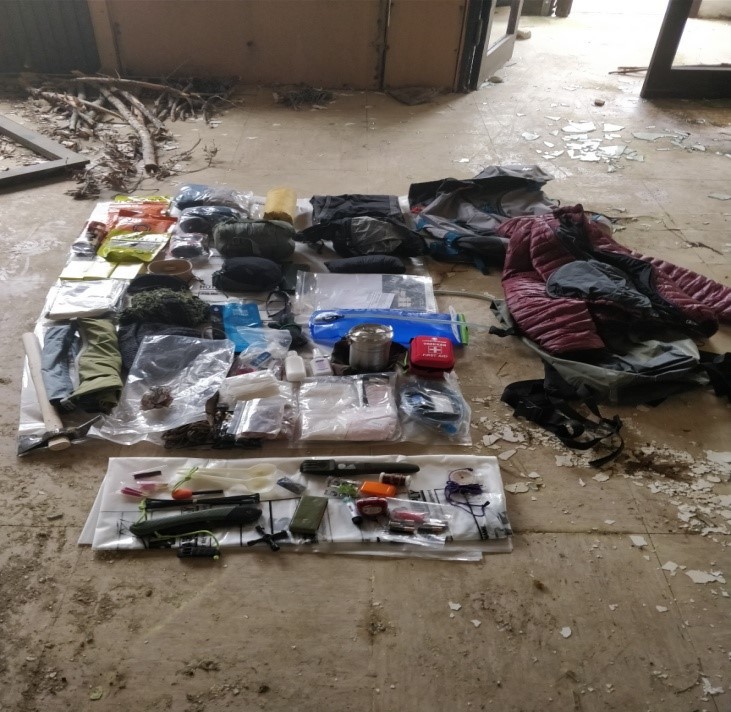
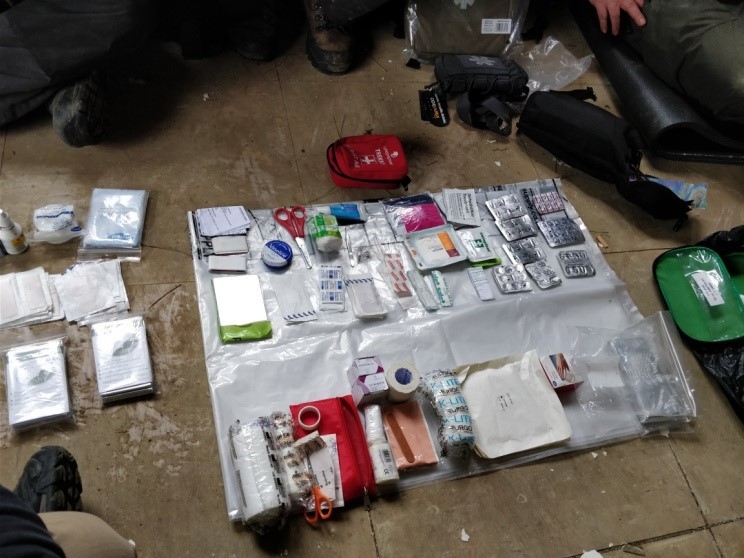
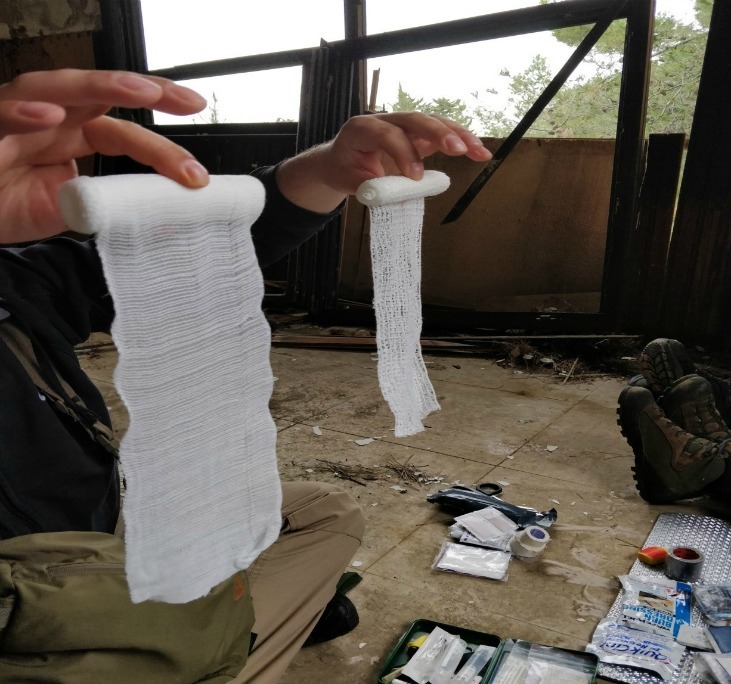

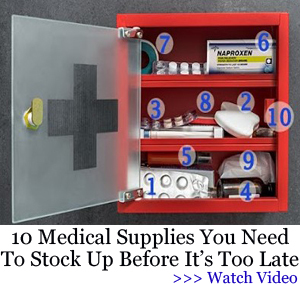
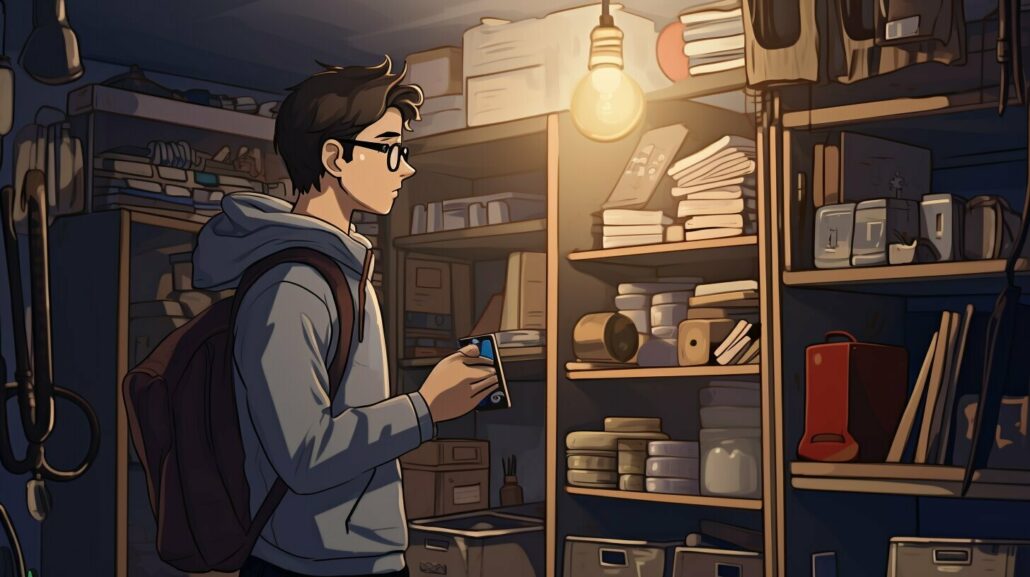




6 Responses
so daisy luther is selco?
?
I am Selco.
Daisy Luther is Daisy Luther, and she sometimes publish my articles on her page.
Thank you Selco – every word you utter is priceless.
So, apparently the SHTF School blog has run its full course and has now ground to a halt.
I have sincerely appreciated the information that Selco has shared over the years.
Good luck with your current and future endeavors, Selco.
No Toktomi, SHTF School blog and page definitely did not run its full course, it is slowed down but it is temporary.
Thank you for your wishes friend!
What was the value of a live chicken, one that laid eggs?
What was the value of fresh eggs?